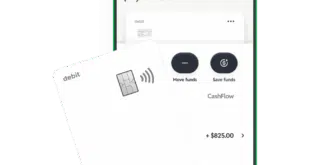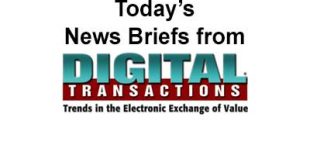Request for payment on the RTP network from The Clearing House Payments Co. LLC has been a feature since the network launched 2017, but users’ increasing embrace of RfP is triggering more development of it.
With real-time processing backing it, the RfP option allows billers and merchants to receive nearly immediate payment by sending a request through a network to customers and clients who have received services. FedNow, the real-time payment service from the Federal Reserve, also offers an RfP capability.
In 2024, TCH said RfP use cases were developing. Now, speaking at the Nacha Smarter Faster Payments 2025 conference in New Orleans, the banking-services and ACH network provider is looking at how RfP might be used for recurring payments, says James Colassano, TCH senior vice president, RTP Business Product Management.

Colassano said the initiative, which is only in the design stages, could enable a consumer to authorize his bank to pay an RfP if it comes from a biller with certain characteristics. “We have design work on it,” Colassano told attendees. “We’re still looking to build that.”
RfP, even in its current form as a one-time payment, has the potential to drive real-time payments use. It enables consumers to authorize their financial institutions to make payments that can be settled instantly.
Launched in 2017, RfP has been successful, Colassano says, especially for bill payments. Prominent use cases are account-to-account transfers and earned-wage access, such as seen in paying gig-economy workers.
“I suspect RfP will be the next big thing this year and in 2026,” he says.
Last week, another update to TCH’s RfP was released when Truist Financial Corp. said it was the first financial institution to use an alias-based RfP utility on the RTP network, making it available to corporate and individual customers.
For consumers, this will reduce friction and make it easier to make a real-time payment. Consumers can use enrolled U.S. mobile and email tokens to stand in for their bank credentials, Truist said.
It’s a prime use case for bill payments that rely on RfP, Chris Ward, Truist’s head of enterprise payments, tells Digital Transactions News. It suits goals of offering simplicity, speed, and safety in payments, he says. In addition to receiving an electronic bill from a known entity, consumers also receive immediate confirmation their payment was made and further confirmation it was applied, Truist says. Charlotte, N.C.-based Truist has 15 million clients, it says.
“You want transparency. You want to know what’s going on,” Ward says.
Ward says consumers are used to making alias-based payments today. So, making it available for real-time payments for use cases like bill payments will be much easier for them.





